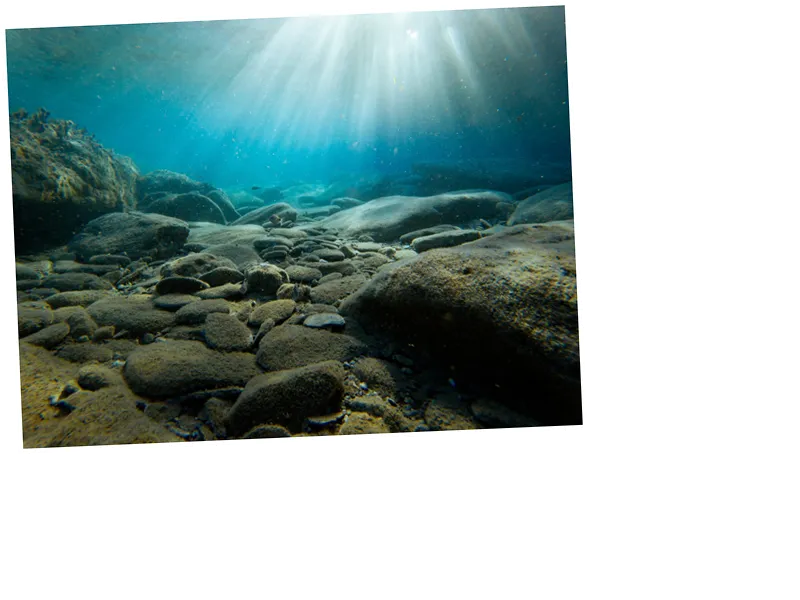Unveiling the Secrets of Underwater Avalanches
A groundbreaking study published in the journal Science Advances has shed light on a massive underwater avalanche that took place over 60,000 years ago off the northwest coast of Morocco. This event, which traveled an astonishing 2,000 kilometers across the Atlantic Ocean, is significantly larger than any known snow avalanche or debris flow. The Agadir Canyon, where this colossal event occurred, is one of the largest underwater canyons globally, comparable in size to the Grand Canyon in Arizona.
Researchers, led by Chris Stevenson from the University of Liverpool, mapped this underwater avalanche, revealing its destructive power. The avalanche began as a relatively small landslide on the seabed, measuring just 1.5 cubic kilometers. However, it rapidly escalated, accumulating materials and reaching a height of 200 meters while traveling at speeds of 15 meters per second. This resulted in catastrophic destruction along its path, tearing up the seabed and covering significant distances with debris more than 130 meters deep.
The implications of this study are profound, as it highlights the potential hazards posed by underwater avalanches to global communications. These events can disrupt seabed infrastructure, including vital internet cables that carry the majority of the world’s internet traffic. With over 550 active cables spanning 1.4 million kilometers on the ocean floor, understanding these geological hazards is crucial for maintaining modern connectivity. The research not only maps the avalanche but also emphasizes the need for awareness of the risks associated with such natural phenomena.






